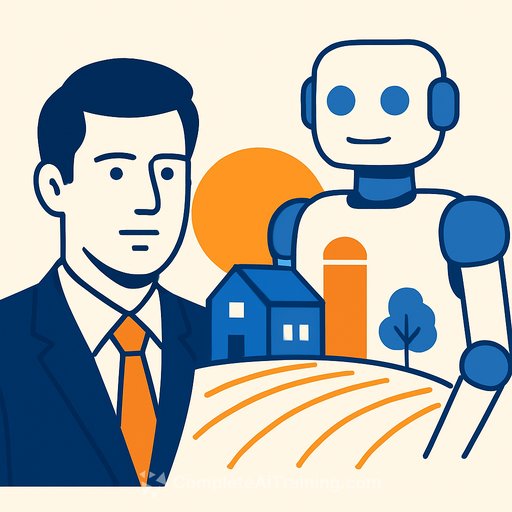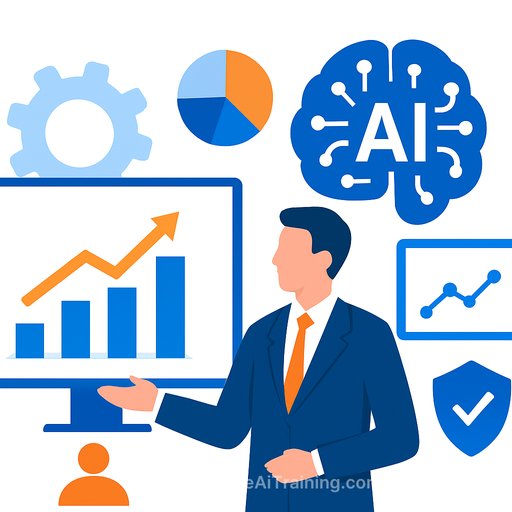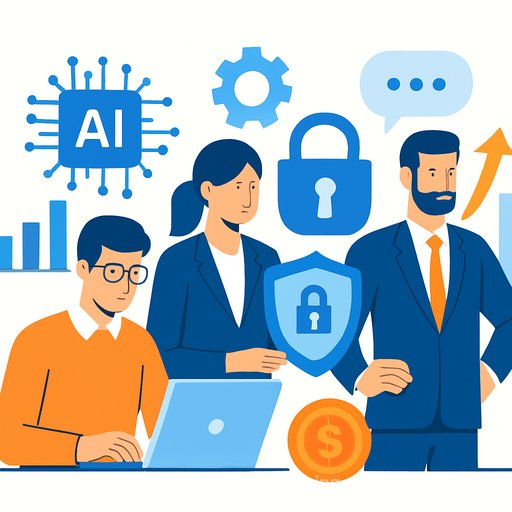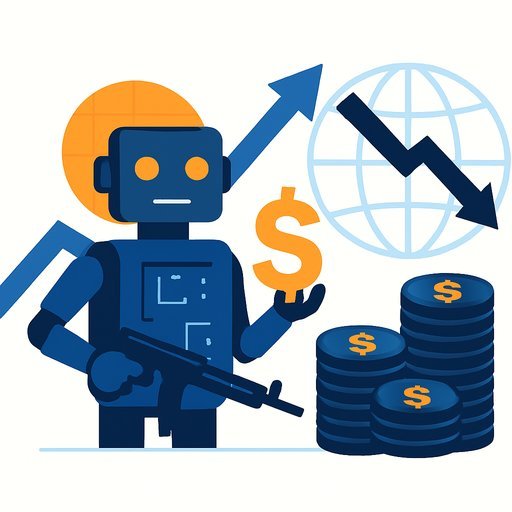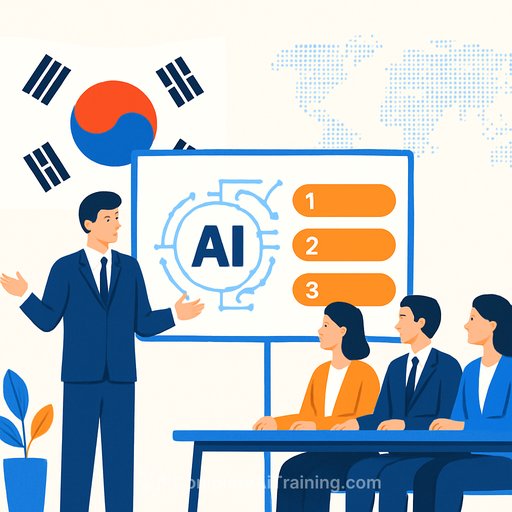Why OpenAI's Sam Altman Thinks AI Will Replace the CEO Role
Sam Altman believes an AI system will eventually run OpenAI better than he can. He's not threatened by it-he's waiting for it.
That view lands at a time when CEO tenure is sliding and the pace of decision-making leaves little room for human limits. The message to executives is clear: build companies that can hand critical decisions to machines without losing accountability.
The case for an AI CEO
Altman told Mathias Döpfner on MD MEETS that he expects AI to outperform him as CEO and that he'd welcome it. In his words, "I did this one thing that has been automated and I wanted it to be automated."
- AI can make faster, more consistent executive decisions.
- Company operations can be automated end-to-end as systems mature.
- Automation removes burnout and lifestyle strain from leadership roles.
- Machines already surpass humans in intelligence and decision speed, in his view.
CEO tenure is shrinking-why it matters
Across industries, the job is getting shorter and sharper. PwC's 2025 Global CEO Survey shows many leaders expect less than five years in the seat, and over 1,400 US CEOs resigned in 2023. A Harvard Law School analysis found median S&P 500 CEO tenure dropped from six years in 2013 to 4.8 years in 2022.
Boards want performance. Markets move faster. An AI that acts decisively, watches every signal, and never tires is becoming a logical next step-if governance keeps up.
Energy is the bottleneck to scale
Altman ties his focus to two domains: AI and energy. Training and running frontier models demands vast electricity, making power capacity as critical as chips. For leaders, that turns data center strategy and power procurement into core inputs for growth, not back-office chores.
If you expect AI agents to take real decisions, plan for compute, power, and placement now-or hit a wall later.
Jobs: short-term pain, long-term adjustment
Altman is blunt: "In the short term, AI will destroy a lot of jobs. In the long term...we will figure out completely new things to do." He rejects doom loops that miss how work resets after every major technology shift.
What remains distinctly human isn't raw intellect. It's how people relate, persuade, and create meaning. That's where leaders should double down while machines handle throughput.
OpenAI's Jobs Platform: a signal of where hiring is going
OpenAI is launching a platform to match employers with talent that can implement AI systems. Announced by Fidji Simo, OpenAI's CEO of applications, the initiative is being built with employers like John Deere, Boston Consulting Group, and Walmart.
The pitch is simple: better matches between what companies need and what skilled workers can deliver, with AI assisting the matching itself. For executives, this means faster access to practitioners who can turn strategy into working systems.
What executives should do this quarter
- Define decision rights: List which decisions can be automated now (e.g., pricing adjustments, routing, allocation) and set thresholds for AI autonomy.
- Stand up human-in-the-loop: Require approvals above certain risk or spend levels. Log all AI recommendations and overrides.
- Instrument your data: Ensure clean, real-time telemetry so agents can observe, decide, and learn. Bad data kills good automation.
- Pilot agentic workflows: Start with bounded domains like support triage, forecast updates, or vendor selection shortlists. Measure accuracy and time-to-decision.
- Plan compute and power: Forecast model usage, negotiate power and capacity, and align CIO, CFO, and facilities on cost per decision.
- Reskill managers: Turn line leaders into AI product owners who write clear policies, review model outputs, and iterate prompts and playbooks.
Board-level guardrails
- Accountability: Clarify fiduciary responsibility for AI-driven decisions. The board owns the policy; executives own the outcomes.
- Risk controls: Set kill switches, audit trails, and drift monitoring. Establish red lines for compliance, privacy, and safety.
- Workforce plan: Pair automation with redeployment, severance standards, and transparent communication timelines.
Metrics that matter
- Cycle time: signal-to-decision and decision-to-impact.
- Decision accuracy vs. human baseline, by domain.
- Cost per decision (compute, power, and labor).
- Customer satisfaction and error rates after automation.
- Adoption: percent of workflows with AI as default recommender.
If you're building AI capability in-house
You need people who can ship automations, not just talk strategy. Stand up a practical curriculum and certification path so teams can deliver measurable outcomes.
- AI courses by job function to upskill managers, analysts, and operators.
- Popular AI certifications to standardize skills and expectations.
The bottom line
AI in the corner office isn't about replacing egos. It's about building systems that make faster, more consistent decisions while humans set direction, ethics, and culture.
Whether or not an AI takes the CEO title, the companies that win will operate like it already has: clear decision rights, strong data, tight guardrails, and teams skilled enough to make it real.
Your membership also unlocks:

